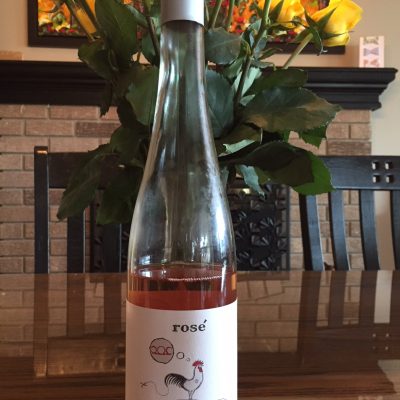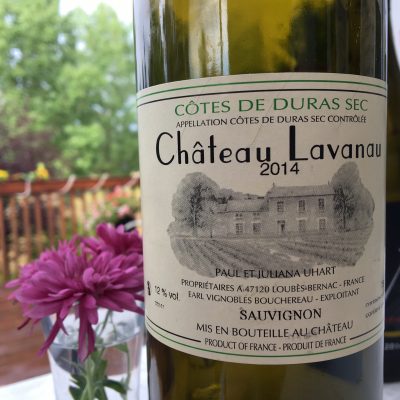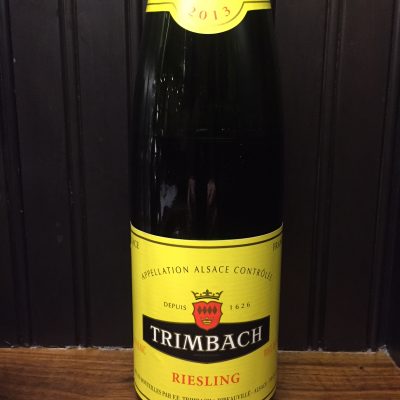
A Flight of Dry Rose Wines
19.99 - 38.99
Dry Rose
Rose wines are created by four different vinification methods:
- Direct Pressing – Black grapes are crushed and pressed and in the process there is some extraction of delicate color
- Drawing Off – As black grapes are fermented, juice is drawn off after some time between 6 and 48 hours to produce light to deep color.
- Bleeding – Same as drawing off but only a portion of the juice is removed as a by-product of making the red wine.
- Blending – Red wine is added to white wine (not allowed in EU with the exception of rose Champagne).
There are many grape varieties used to create rose wines so these wines can vary from dry to sweet and from light bodied to full bodies depending of the grapes used and the vinification style. The focus in my selections is the dry style of rose so my apologies to all White Zinfandel and Baby Duck lovers! The grapes most often used for roses are: Pinot Noir, Grenache, Syrah, Cinsault, Sangiovese, Cabernet Sauvignon but this list is certainly not exhaustive.
In terms of food pairings:
Light Bodied Dry Roses (from Provence or Pinot-Noir Based) – light salads, light pasta dishes and shellfish
Medium Bodied Dry Roses (from Rhone, Languedoc or Spain)- white fish, grilled chicken, lamb
Full Bodied Dry Roses (Syrah or Cabernet based from Chile, Australia or California) – BBQ or spiced curry
The six wines tasted in this flight were:
Casa de Vilacetinho – Vinho Verde Rose– 2016 (Metrovino)
Domaine Lafond – Roc Epine Tavel – 2016 (J. Webb)
Pittnauer Rose – 2017 (Bin 905)
Chateau d’Eclans – Whispering Angel – 2017 (Rocky Mountain)
Culmina R&D Rose Blend – 2016 (Willow Park)
Rockford – Alicante Bouchet – 2017 (Kensington)














